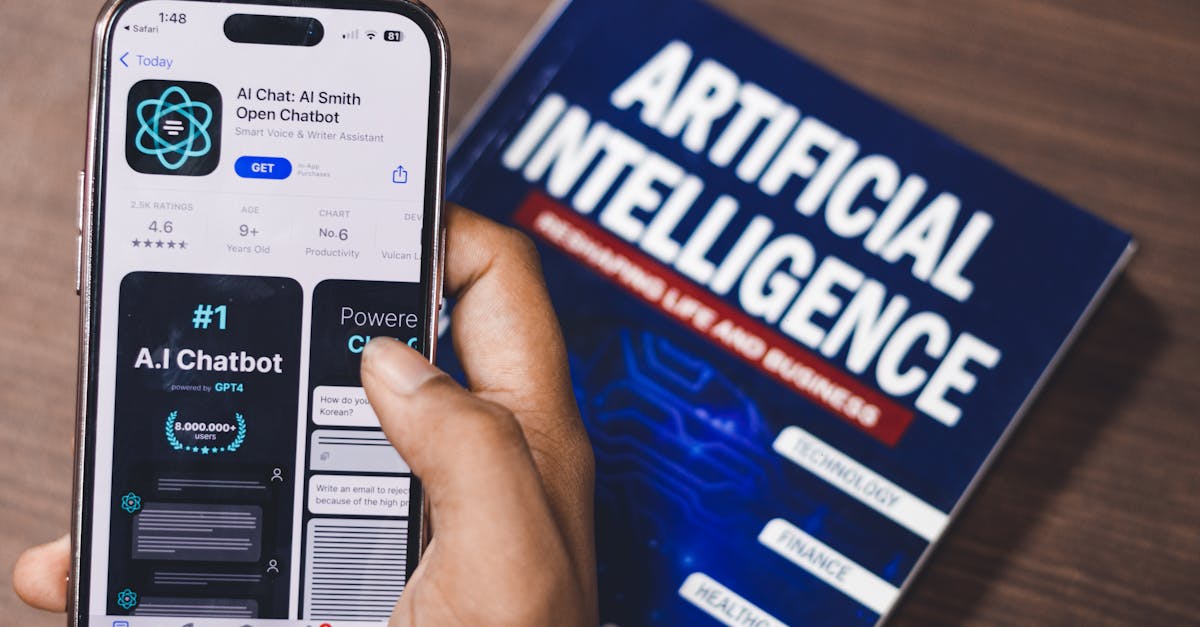Is AI Really Replacing Jobs? Uncovering the Truth Behind the Buzz
Is AI really replacing people’s jobs right now? This is a question that has been circulating in the tech industry, prompting many debates and discussions. In recent years, artificial intelligence (AI) has become a prominent player in transforming workplaces. But is AI really taking over jobs, or is it another case of over-hiring amidst the pandemic? Let’s dive into the details to understand the current landscape.
The Impact of AI on Employment
AI advancements have brought about substantial changes in how businesses operate. Automation, driven by AI, is streamlining tasks, especially those that are repetitive and time-consuming. For instance, customer service chatbots are handling inquiries, and machine learning algorithms are optimizing supply chain processes. These innovations are reshaping the job market, not eliminating it.
Automation vs. Job Creation
It is crucial to recognize that while AI automates certain roles, it also creates new opportunities. As noted by various industry experts, the introduction of AI has given rise to sectors that require human oversight and creativity. For example, roles in AI maintenance, programming, and ethics are in high demand.
COVID-19’s Role in Job Market Fluctuations
The pandemic accelerated digital transformation, leading to an abrupt increase in tech hiring. Companies sought AI solutions for remote working, data management, and customer interaction. This surge, while significant, often led to over-hiring, which now appears as AI-induced job loss but is more accurately an adjustment phase.
Technologies Shaping the Future of Work
Several cutting-edge technologies are influencing employment trends:
- Cloud Computing: Facilitating remote work and offering scalable solutions for businesses.
- Machine Learning: Used in data analytics, improving decision-making processes.
- Robotic Process Automation (RPA): Simplifying high-volume, repetitive tasks.
- Internet of Things (IoT): Transforming industries such as manufacturing and logistics.
Looking Ahead: Balancing Automation and Workforce
Companies are now focusing on blending AI with human expertise rather than replacing humans entirely. A collaborative approach can harness AI’s efficiency and human innovative potential, leading to workforce empowerment. Training employees to work alongside AI technologies is becoming a norm in forward-thinking organizations.
AI in Action: Real-World Examples
Businesses worldwide are implementing AI to enhance productivity. For instance, Amazon’s use of AI for warehouse management optimizes logistics, while maintaining a human workforce for supervision and complex decision-making.
Moreover, advancements in AI are omnipresent in our daily gadgets. From security devices like the Ring Video Doorbell to media products like the Fire TV Stick 4K, AI is enhancing user experience and functionality.
Conclusion: Navigating the AI Evolution
As businesses continue to leverage AI, understanding its implications on employment is crucial. Instead of fearing job displacement, embracing AI’s potential for job evolution is key. Businesses and employees alike must adapt to this technological shift, focusing on skills development and AI integration strategies. For those interested in propelling their business into the AI-driven future, consider consulting with AI experts at the forefront of innovation: Contact Us.
Stay connected with us on social media for the latest insights and updates: Facebook, X, Instagram, YouTube.
